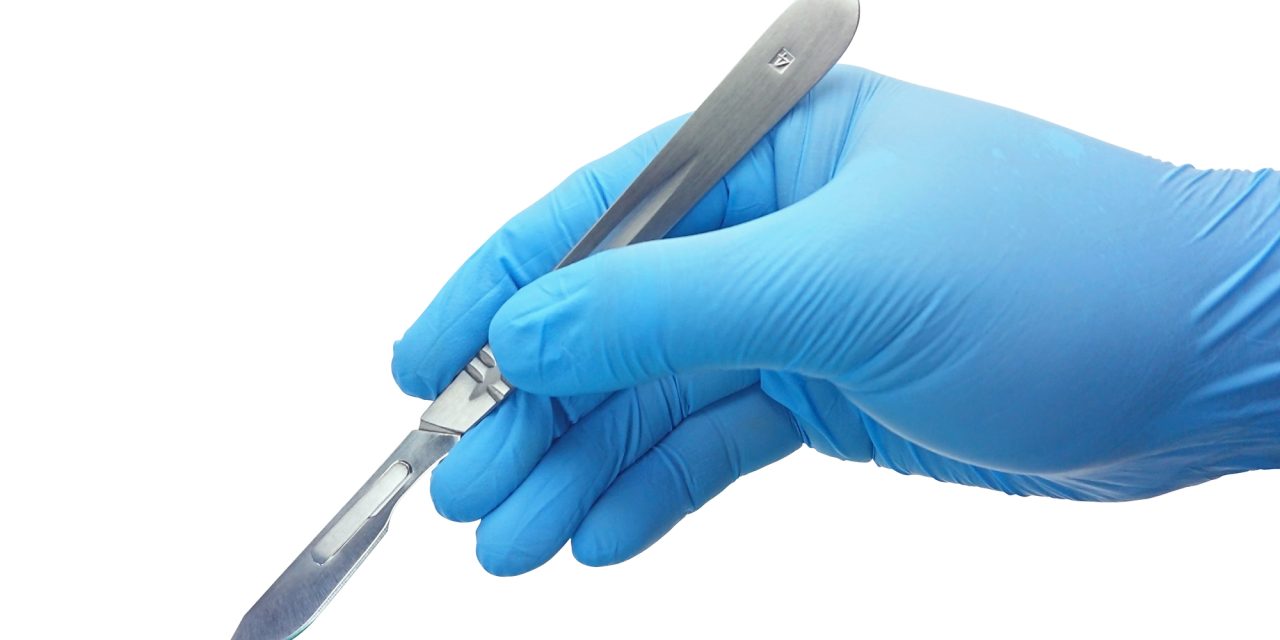Acoustic emission (AE) sensing is an increasingly researched topic in the context of orthopedics and has a potentially high diagnostic value in the non-invasive assessment of joint disorders, such as osteoarthritis and implant loosening. However, a high level of reliability associated with the technology is necessary to make it appropriate for use as a clinical tool. This paper presents a test-retest and intrasession reliability evaluation of AE measurements of the knee during physical tasks: cycling, knee lifts and single-leg squats. Three sessions, each involving eight healthy volunteers were conducted. For the cycling activity, ICCs ranged from 0.538 to 0.901, while the knee lifts and single-leg squats showed poor reliability (ICC < 0.5). Intrasession ICCs ranged from 0.903 to 0.984 for cycling and from 0.600 to 0.901 for the other tasks. The results of this study show that movement consistency across multiple recordings and minimizing the influence of motion artifacts are essential for higher test reliability. It was shown that motion artifact resistant sensor mounting and the use of baseline movements to assess sensor attachment can improve the sensing reliability of AE techniques. Moreover, constrained movements, specifically cycling, show better inter- and intrasession reliability than unconstrained exercises.
Test-Retest Reliability of Acoustic Emission Sensing of the Knee during Physical Tasks.


